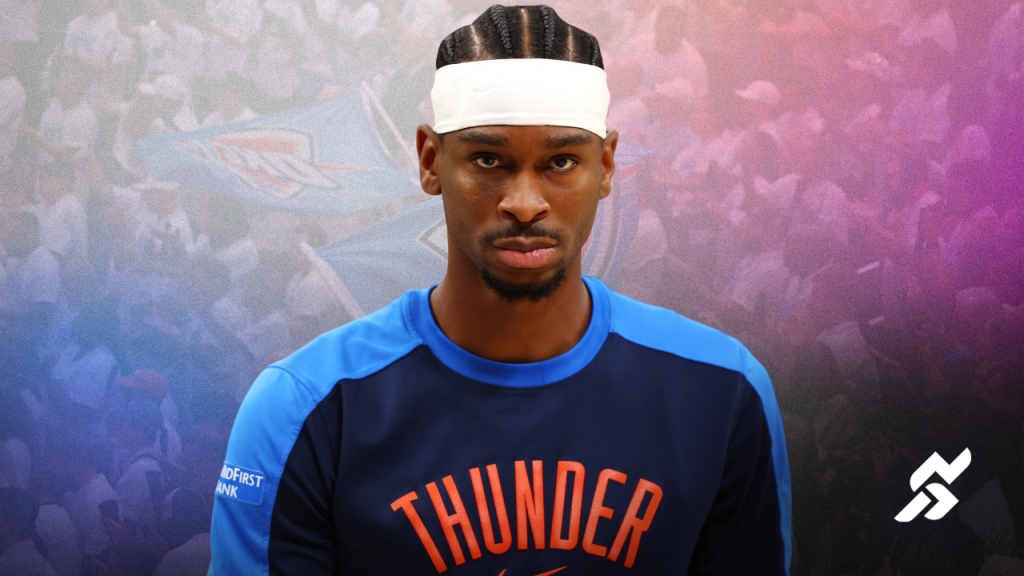As the NBA gets set to tip off its new 11-year, $76 billion media-rights juggernaut on Tuesday night, advertisers have already snapped up much of the available in-game inventory for the 2025-26 season. And given the increase in the number of games that will air on broadcast TV, it’s all but inevitable that sales revenues will be up sharply compared to the year-ago period.
According to booking data furnished by Guideline, which captures actual agency investment figures from the six major U.S. holding companies as well as most of the large independent shops, total NBA ad spend reached $1.52 billion last season, up 15% versus 2023-24. ABC/ESPN enjoyed a heady 20% boost in sales volume, while TNT closed out its final season as an NBA media partner with a 9% lift in ad dollars.
Under the new suite of rights deals, which includes national coverage across the Disney and NBCUniversal platforms, as well as Amazon’s Prime Video, the ad dollars are expected to climb even higher. In addition to the NBA’s amped-up broadcast footprint—NBCU will produce 100 regular-season games, with that allotment set to be split evenly between a weekly Tuesday night showcase on the flagship network and an exclusive streaming package via Peacock—pricing is up compared to last fall.
In a video interview, Sean Wright, Guideline’s chief insights and analytics officer, said his team anticipates marked revenue growth for the NBA’s media partners, as the boost in the volume of available inventory has coincided with a “healthy increase on the price side.” In other words, “It’s not just that there’s more games on more platforms, it’s that they’re able to charge a little bit more—and those CPM increases are consistent with what we’ve seen over the last few years with the NBA.”
Per Guideline, the cost of reaching NBA fans across the league’s TV and streaming partners is up 19% year-over-year.
If the upcoming NBA campaign is anything like past seasons, much of the in-game commercial breaks will be stuffed with spots paid for by automakers, fast-food restaurants, retail outlets, movie studios (and their streaming counterparts) and financial services. Not that there’s a whole lot of airtime still up for grabs; as NBC noted earlier this month, nearly all of its in-game NBA inventory was auctioned off during the spring upfront bazaar … although naturally the company is holding a percentage of units back to sell in the scatter market.
While the money that comes in via the usual Madison Ave. channels goes a long way toward defraying the cost of carrying the NBA’s games, advertising doesn’t pay the full freight. Per Guideline’s analysis, ad help offset about 50% of most top-tier sports rights fees, with affiliate revenue, retransmission consent fees and other third-party payments accounting for a good chunk of the remainder.
Wright said Ad Land’s contribution to paying off the annual rights bill has been remarkably consistent over the last 10 years, holding steady at around that 50% mark despite a range of marketplace disruptions and various spasms at the macroeconomic level. For example, in 2017 U.S. sports ad revenues came in at $9.1 billion, or 51.7% of that same year’s total broadcast rights fees ($17.6 billion). Guideline projects that ad sales in 2026 will climb to $17.1 billion, which works out to 52.1% of the $32.8 billion in rights payouts that will come due next year.
As long as sports remains the straw that stirs TV’s drink, the ad dollars will continue to roll right in. Wright estimates that live sports will generate nearly 40% of total ad revenue for the linear TV space in 2025, up sharply from 20% just eight years ago. That’s a function of sports’ stranglehold over linear audiences—recall that sports claimed 93 of the top 100 most-watched broadcasts in the non-Olympic, non-election year that was 2023—and the fact that primetime entertainment continues to lose share to streaming. Per Nielsen live-same-day data, the average network sitcom/drama/unscripted series last season averaged just 414,228 adults 18-49 per episode, which marked a 13% drop compared to the year-ago period and a staggering 24% loss versus the 2022-23 demo deliveries.
While it’s too early to get a read on how the new TV season is shaping up, marketers’ enthusiasm for the new-look NBA slate is manifested in not only the elevated pricing and sellout rates, but also by way of all the new sponsors that are in the mix. By NBCU’s reckoning, 20% of their NBA advertisers are first-time buyers of NBC/Peacock inventory, and 10% of its 170 backers are new to the NBA as a whole.
NBC and Peacock will set the stage for the season to come on Tuesday night with an inaugural East coast/West coast doubleheader, as the Thunder and Rockets get the ball rolling at 7:30 p.m. ET, followed by Warriors-Lakers at 10:30 p.m. Among the premium backers that’ll be visible during the opener are presenting sponsor (and official NBA automotive booster) Kia and American Express, which has its brand staked to the halftime show. Like Kia, Amex is also a long-time league marketing partner, signing on as the NBA’s official payment services marque in 2010.
Read the full article here

